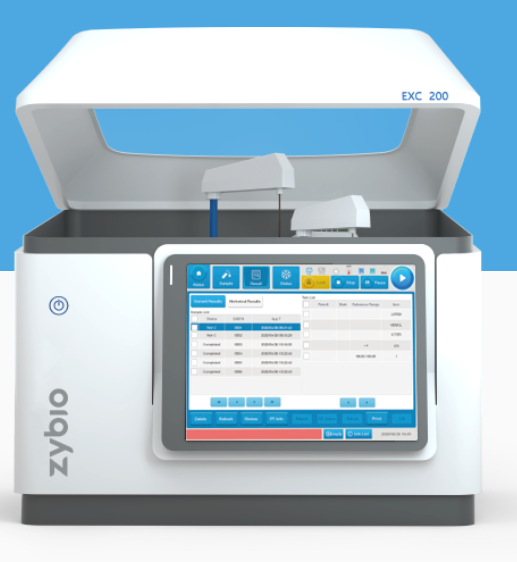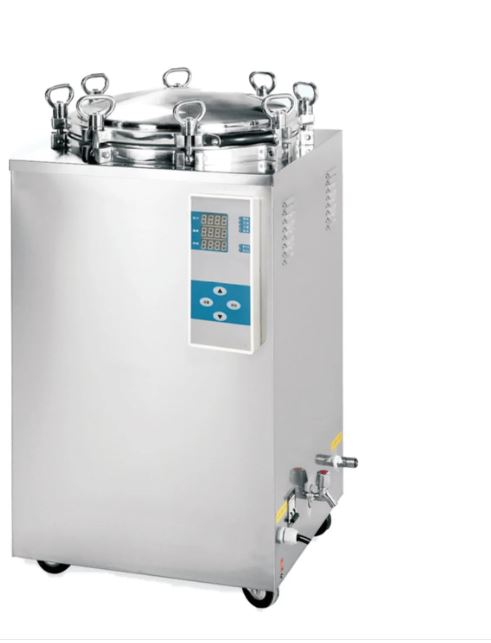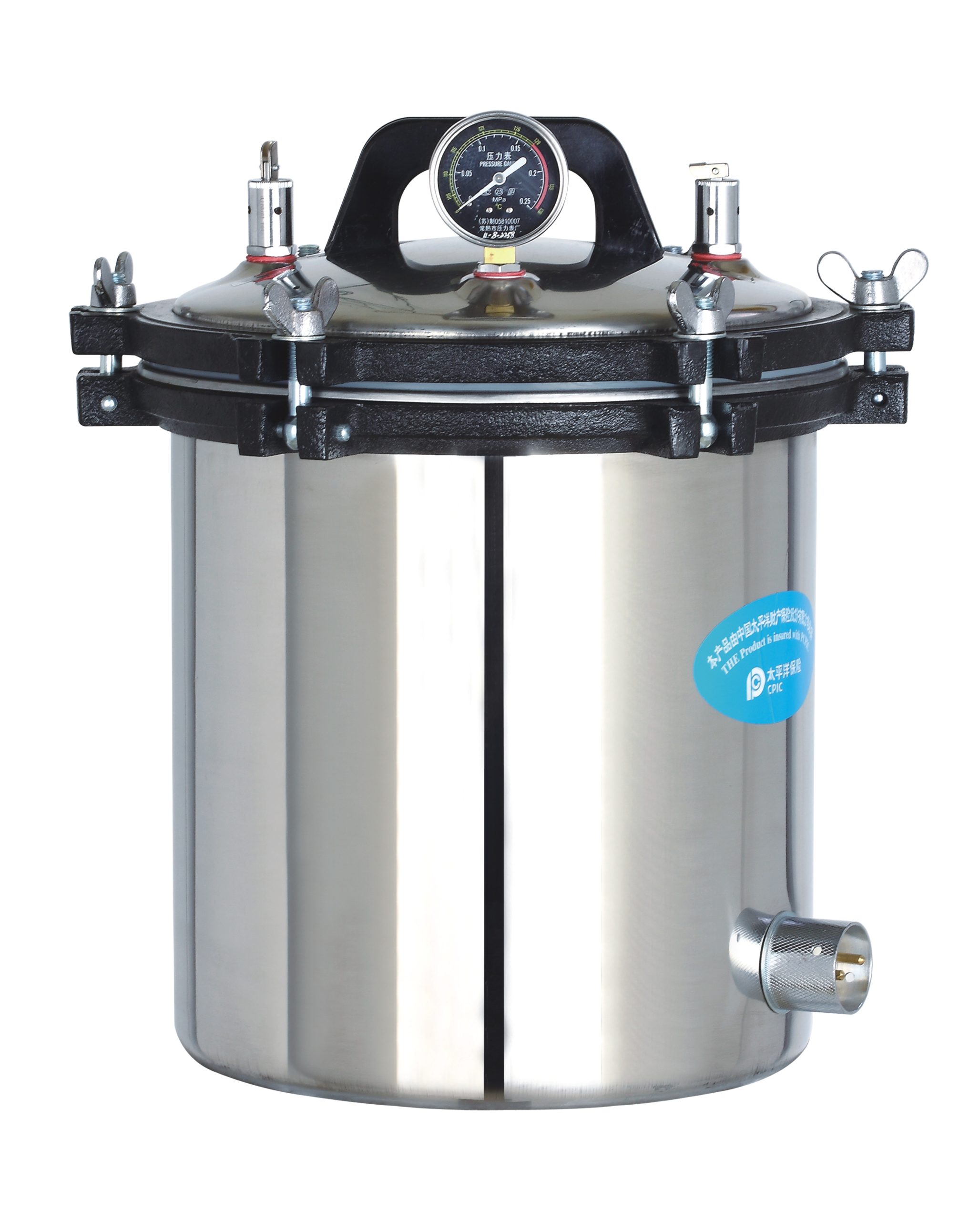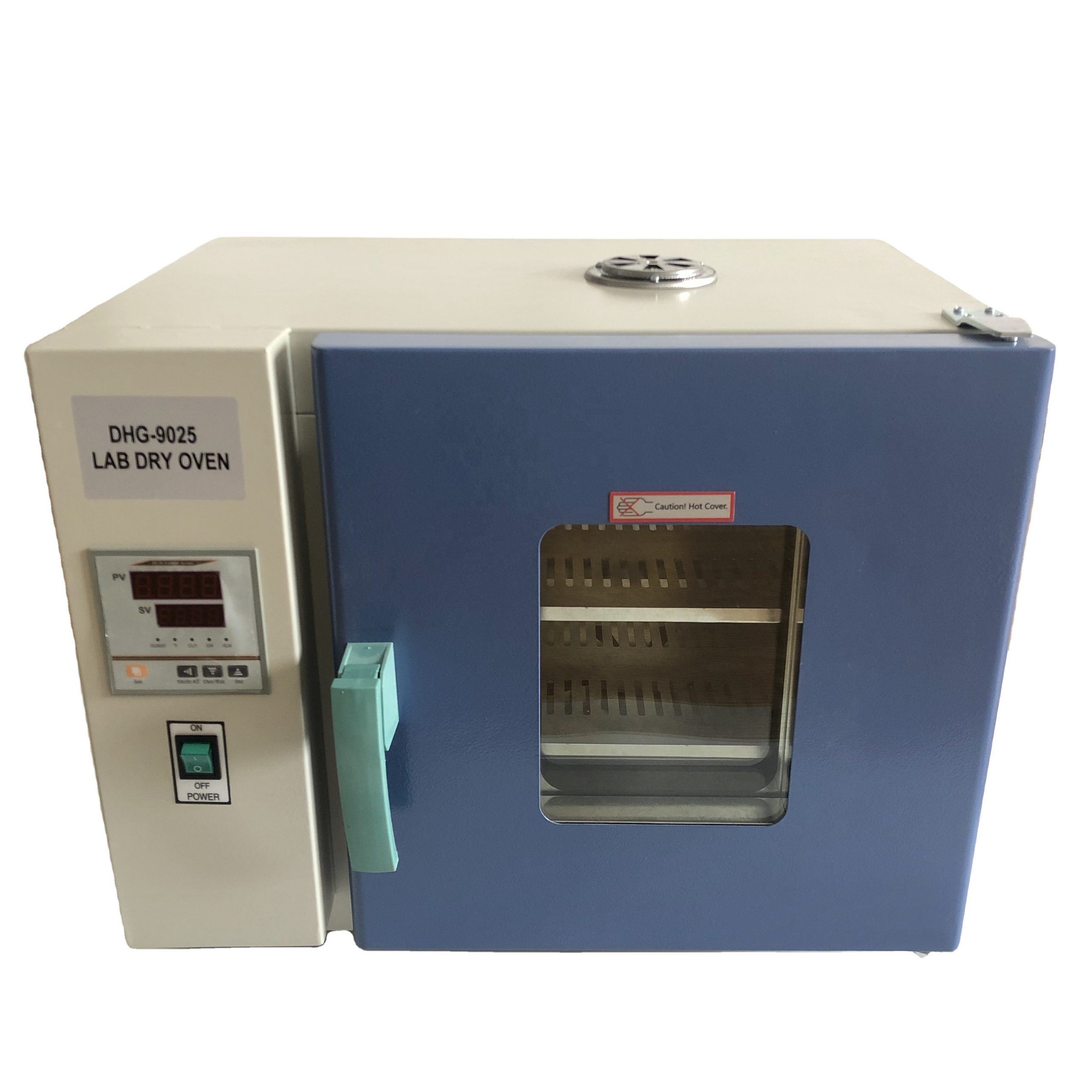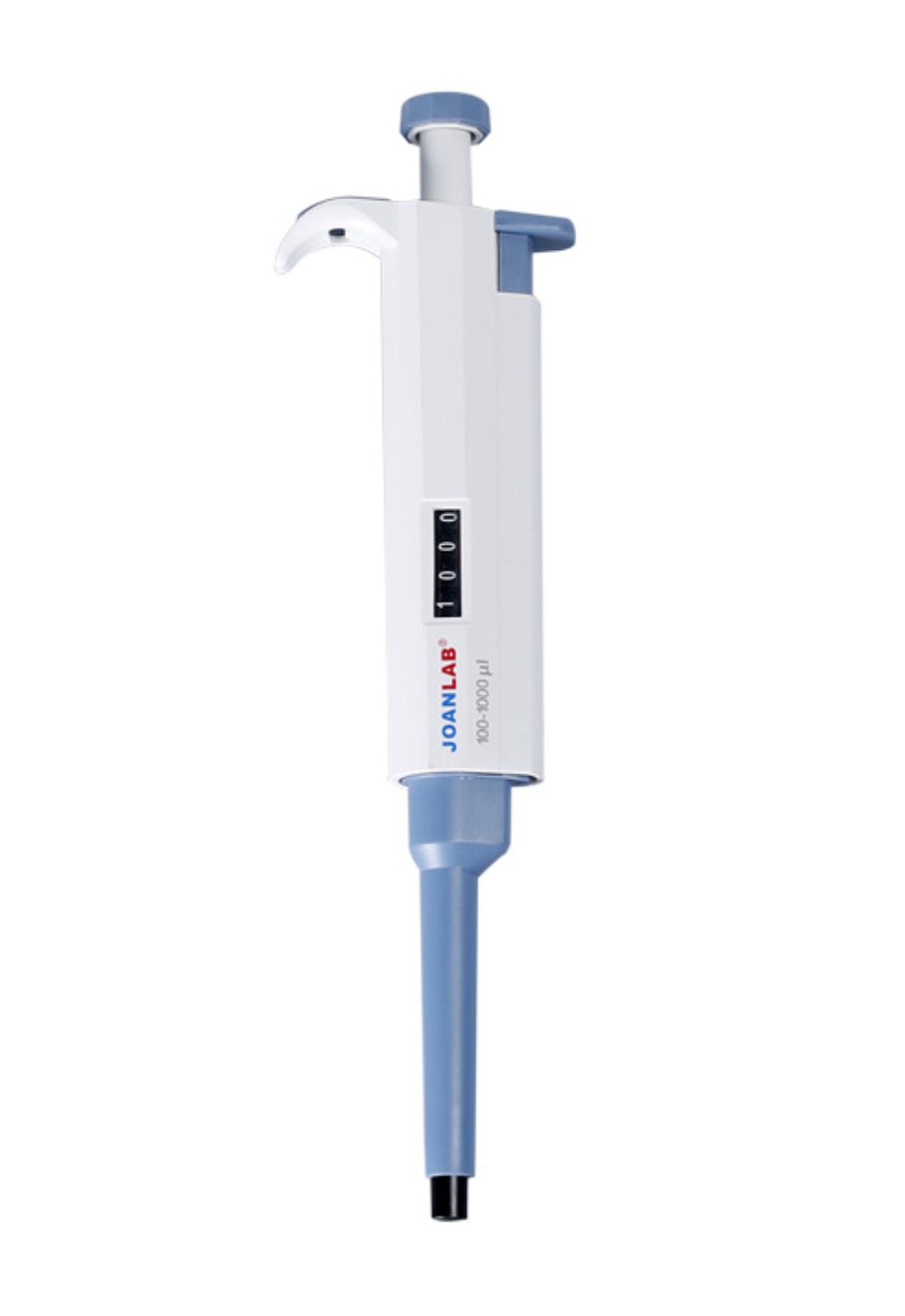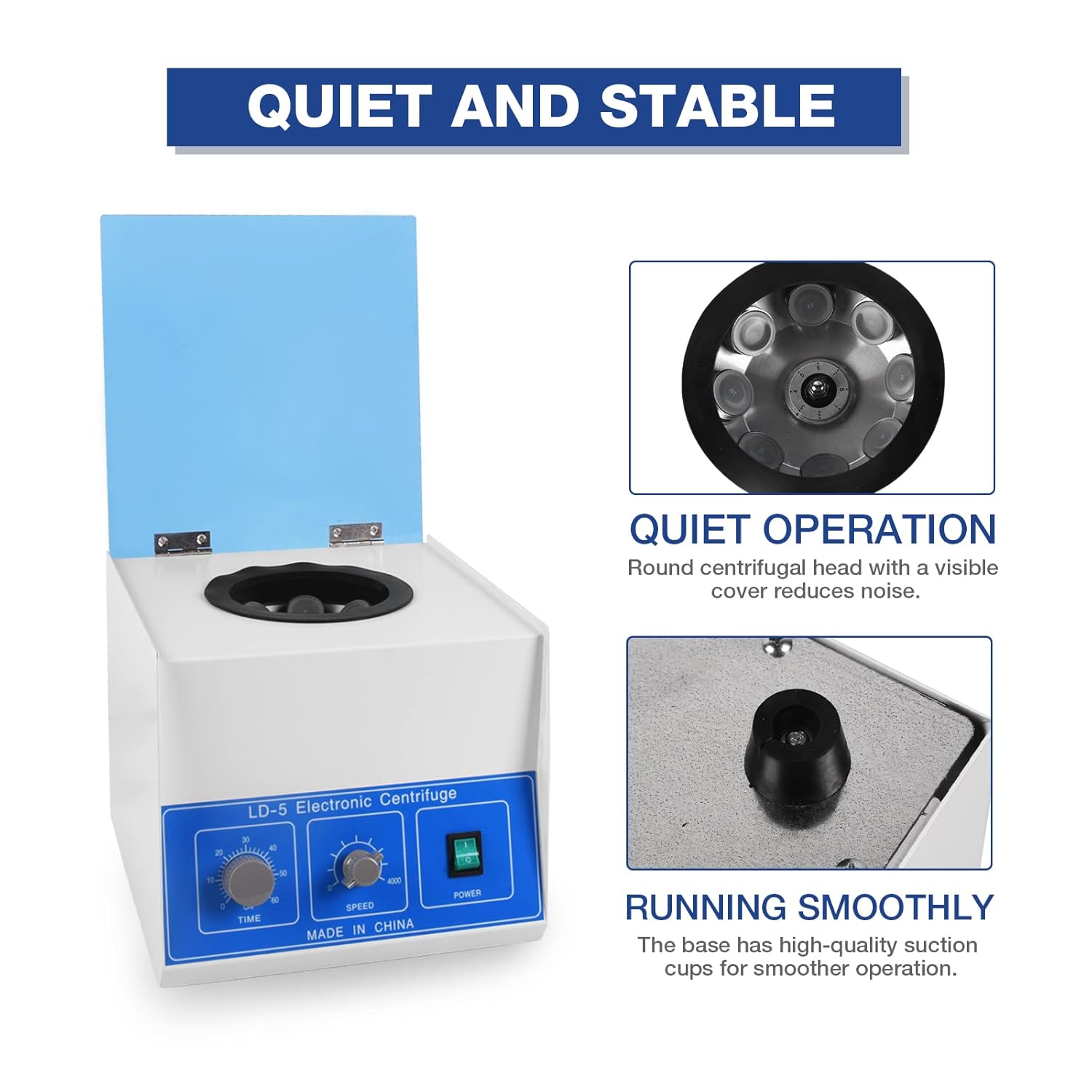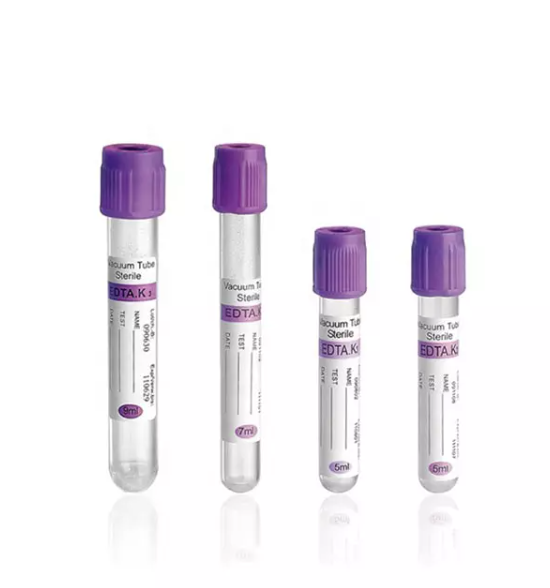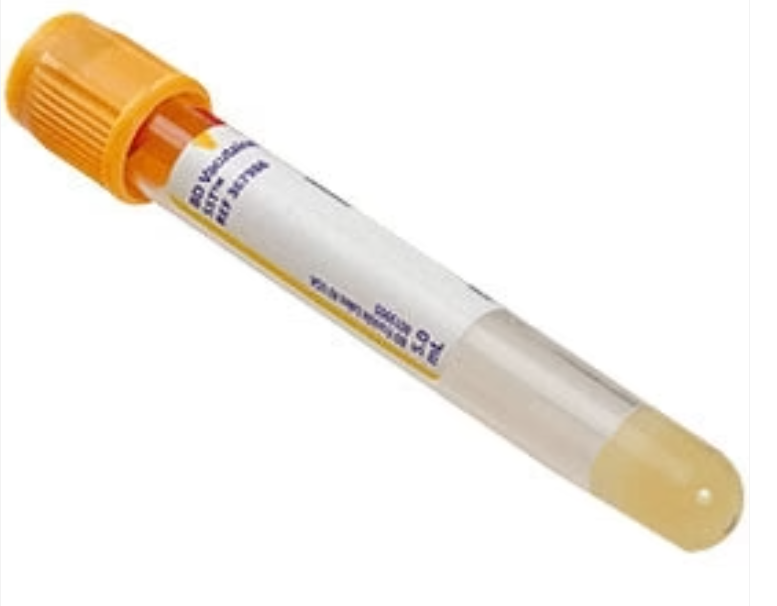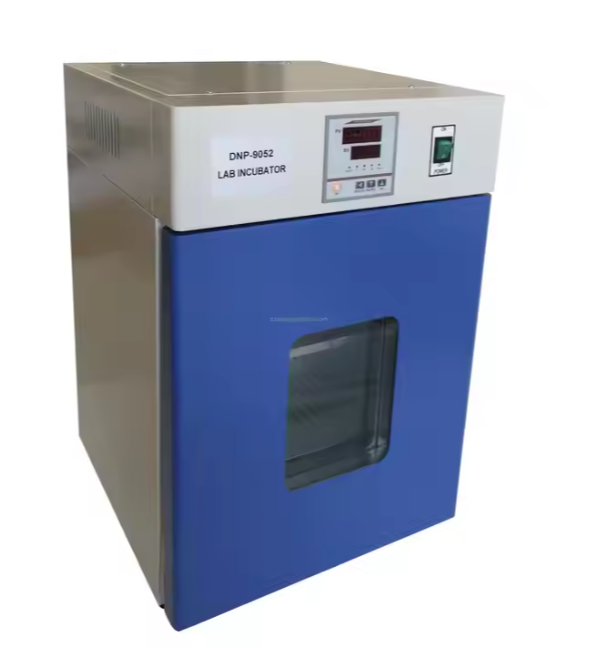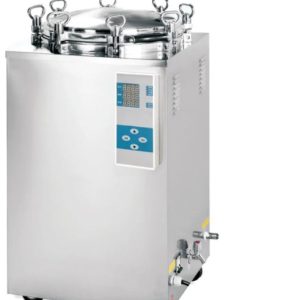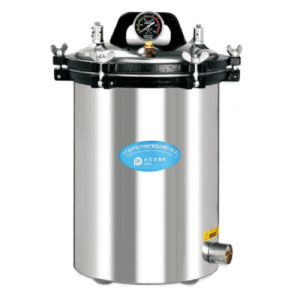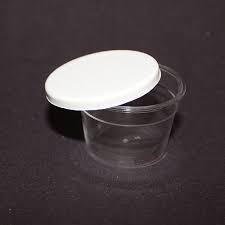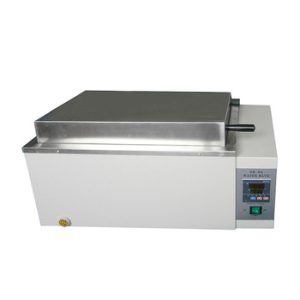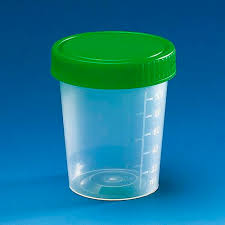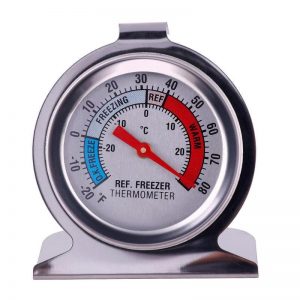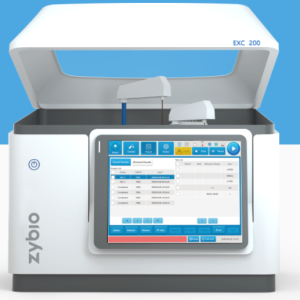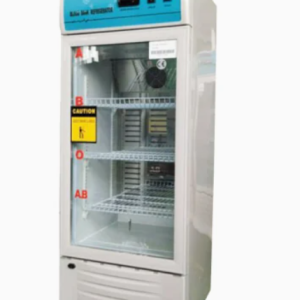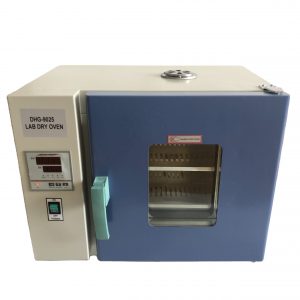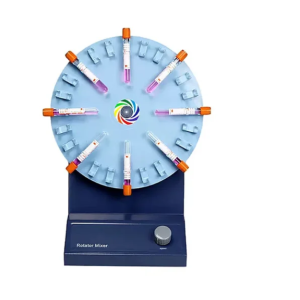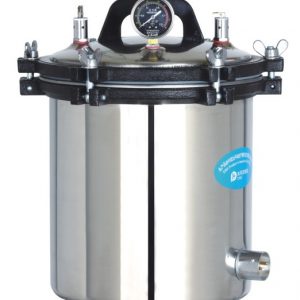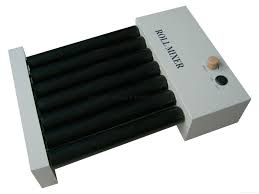Recommended Items
Best Seller Items
-
-
Stool Containers Kenya
STOOL CONTAINERS
SPIRAL BOTTLE MOUTH: used for enhanced sealing and safety.
CALIBRATION CLEAR: Designed with internal engraving for easy measurement and easier identification.
KSh12.00Stool Containers Kenya
KSh12.00 -
Urine Containers Kenya
STOOL CONTAINERS
SPIRAL BOTTLE MOUTH: used for enhanced sealing and safety.
CALIBRATION CLEAR: Designed with internal engraving for easy measurement and easier identification.
URINE CONTAINERS
Culture bacteria and cell sterile environment for culture.
Smooth surface optimal transparent body.
KSh12.00Urine Containers Kenya
KSh12.00 -
-
Manual Fridge Thermometer
Fridge thermometer
It is a special tool that determine the temperature of a fridge or freezer.
KSh500.00Manual Fridge Thermometer
KSh500.00 -
Microscope X107
- High quality resolution for detailed viewing of samples.
- Objective lens set of : 4X ,10X ,40X ,100x.
- LED light illumination with mechanical stage.
KSh24,500.00Microscope X107
KSh24,500.00
Laboratory equipment they are tools that are used by scientists working in a laboratory set up to measure, culture and conduct analysis of scientific research.
the following are laboratory equipment:
- Biochemistry analyzer a lab instrument that identifies and quantifies specific substances in samples often using antibodies to detect antigens.
- Microscope an instrument used to visualize very small objects such as cells and microorganisms to offer a contrasting image that is magnified.
- Autoclave a machine used to sterilize surgical equipment by the help of steam.
- Lab incubator It is a heated, insulated box used to grow and maintain microbiological or cell culture.
- lab oven is a small chamber used to remove moisture from a sample
- Centrifuge machine a device used to separate particles in a liquid, based on their density and size
- Blood tubes it is used to collect whole blood specimens intended for serum separation.
- Micropipette a special device used in laboratory to transfer small quantity of fluid.
-
Fully Automated Biochemistry Analyzer
Specification of a fully automated biochemistry analyzer
General
Throughput: 240T/H for single reagent
160T/H for dual reagents
Methodology: End point, fixed-time (two point) kinetic
Principle: Absorbance photometry turbidimetry
Programming: Open/Closed system
Sample
Capacity: 40 positions
Volume: 2ul-50ul, step by 0.25ul
Probe: Liquid level detection, auto-depth adjustment and collision protection
Type: Serum, plasma, urine and csf
Reagent
Capacity: 40 positions
Volume: 10ul-400ul step by 0.5ul
Reaction
Cuvette: 63 cuvettes with 5mm optical path diameter
Reaction volume: 90ul-450ul
Temperature: 37± 0.1°C
Cuvette washing
6-step washing station
Control
Control Type: Real-time within-day, between day
Control rule: Westgard
Calibration
One-point, two-point, Multi-point, logistic-log4/sp, exponential-sp, polynomial-sp & spine
Operation system
Operation system: windows 10, support L15
Host interface: RS232, TCP/IP
Others
Power supply: 100-240V- 50/60Hz
Cooling way: Constant air cooling
Water consumption: ≤5L/H
Dimension: (mm) 710(w) × 705(D) × 635(H)
Weight: 65Kg
KSh1,500,000.00KSh2,000,000.00Fully Automated Biochemistry Analyzer
KSh1,500,000.00KSh2,000,000.00 -
-
-
-
Lab Drying Oven
Use
DHG type electric heating oven drying oven maximum working temperature of 300°C. It is suitable for baking, drying oven heating treatment or other heating, t is also a laboratory standing instrument.
The working temperature of the oven can be raised from room temperature to 30°C to the highest temperature. In this range, the working temperature can be arbitrarily selected After selecting, the temperature can be controlled by the automatic control system.
Drying Oven
A Drying oven is designed to remove moisture from the oven chamber so to dry the samples as quickly as possible. The drying oven process introduces fresh dry air to the chamber and expels the warm moist air simultaneously allowing to rapidly dry the samples. A drying oven provides high performance drying and heating. You will notice that drying ovens will be more expensive than a standard laboratory oven mainly due to the oven having drying capability that is lacking in a laboratory oven. A drying oven requires an airflow system that can extract moisture from the air and depending on your requirements, may or may not be required.
KSh35,000.00KSh40,000.00Lab Drying Oven
KSh35,000.00KSh40,000.00 -
Laboratory Incubator DN-9025
- Accurate temperature control for optimal sample incubation.
- Adjustable temperature range with even heat distribution.
- Digital display and user friendly controls.
- Durable stainless steel interior for long term use.
KSh35,000.00Laboratory Incubator DN-9025
KSh35,000.00 -
-
Microscope X107
- High quality resolution for detailed viewing of samples.
- Objective lens set of : 4X ,10X ,40X ,100x.
- LED light illumination with mechanical stage.
KSh24,500.00Microscope X107
KSh24,500.00 -
-
Autoclave Machine
Autoclaves use steam heat to kill any microbial life that may be present on a contaminated load. considered sterile once it has undergone a full sterilization cycle. Once a load is sterile, it can be used without fear of introducing foreign microorganisms into a sensitive environment, such as a laboratory, hospital operating room, food production facility, and so on.
In order to kill a cell with heat, its temperature must be raised to a degree at which the proteins in the cell wall break down and coagulate. Steam is a very efficient medium for heat transference, which makes it an excellent way to destroy microbes. Air, on the other hand, is a very inefficient way to transfer heat/energy because of a concept known as the heat of vaporization.
That energy is what makes steam so much more efficient at destroying microorganisms. When steam encounters a cooler object, it condenses into water. Then, it transfers all of the energy that was used to boil the water directly into the water. This process heats up the cells far more efficiently than air at similar temperatures. This is why we use steam to achieve sterility.
Sterilization cycle
1. Purge Phase: Steam flows through the sterilizer and starts to displace the air; temperature and pressure ramp slightly to a continuous flow purge.
2. Exposure (Sterilization) Phase: During this phase, the autoclave’s control system is programmed to close the exhaust valve, thereby causing the interior temperature and pressure to increase to the desired setpoint. The program then maintains the desired temperature (dwells) until the desired time is reached.
3. Exhaust Phase: Pressure is released from the chamber through an exhaust valve and the interior is restored to an ambient pressure (though contents remain relatively hot).
KSh20,000.00Autoclave Machine
KSh20,000.00 -
-
Lab Roller Mixer
- Provides continuous rolling and tilting motion for sample mixing.
- 6 Tube multiple size holding capacity.
- Speed and time setting can be adjusted.
KSh16,500.00KSh18,000.00Lab Roller Mixer
KSh16,500.00KSh18,000.00


